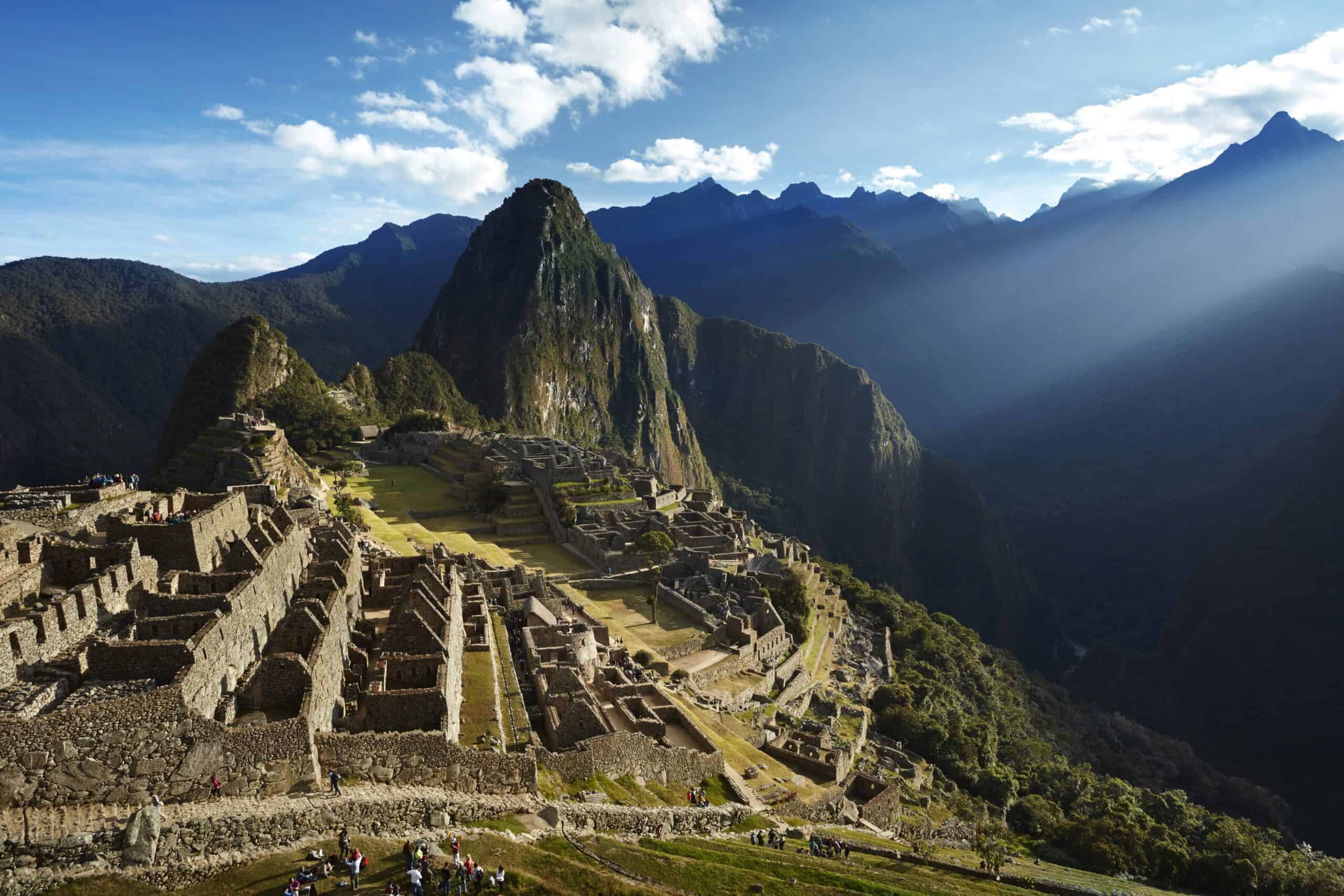A patchwork of terraced fields, ancient ruins and Andean vistas roll past the panoramic windows of PeruRail’s Vistadome train, which chugs in the direction of Machu Picchu. Suddenly, the cars grind to a halt in the middle of the jungle. We’re at KM 104, the starting point of the precipitous citadel’s so-called “short” one-day Inca Trail — which, speaking as a casual hiker, is enough of a challenge at seven miles long.
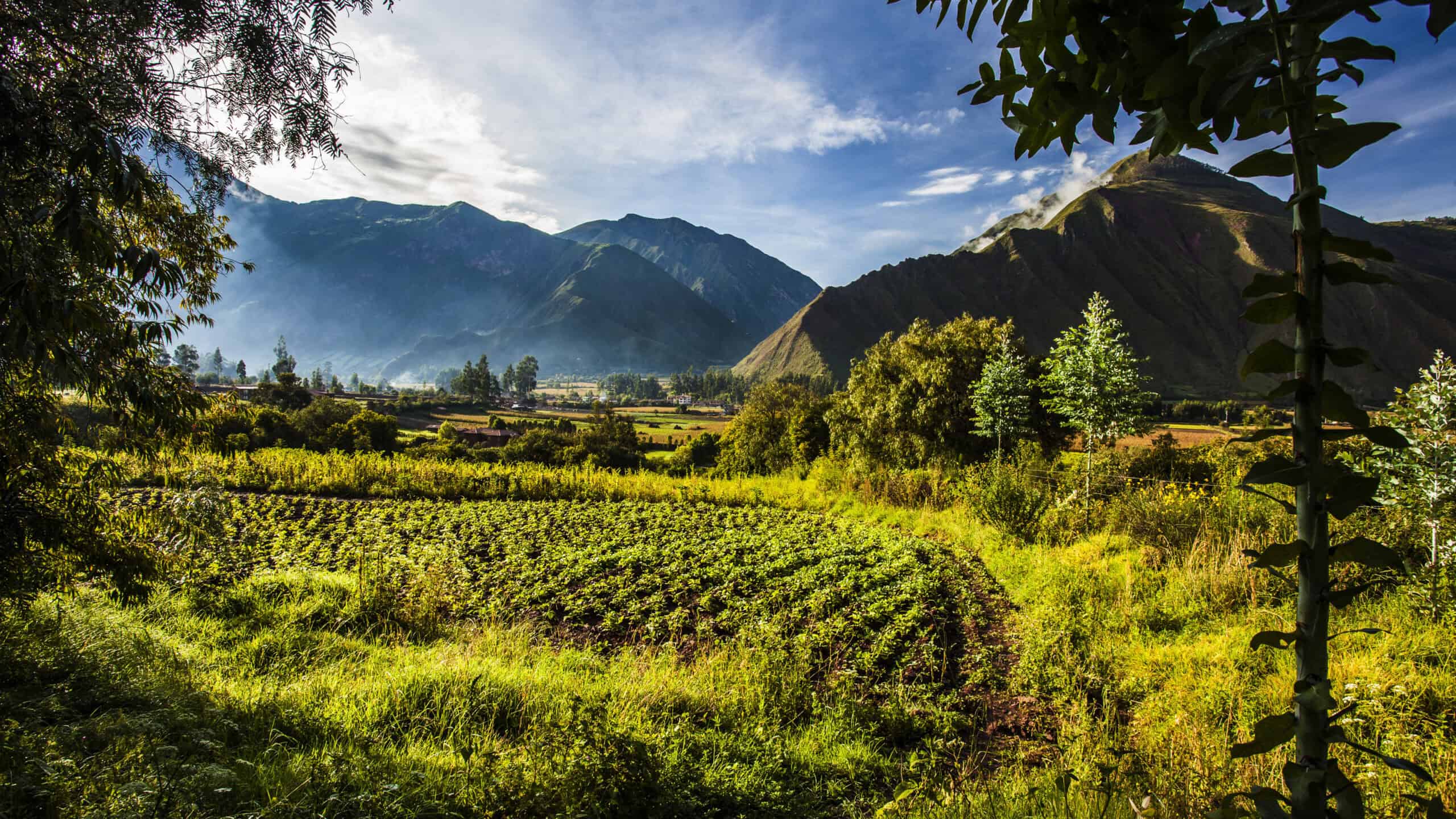
Photography provided by INKATERRA
No sooner had I hopped off into the wilderness than four beaming Quechua women, our porters for the trip and part of the Indigenous community that many consider the closest descendants of the Incas, greeted our small tour group. They quickly distribute water and the weight in their bags. They wear no-nonsense hiking boots complemented by embroidered azure blouses and the tall, jaunty felt hats that are ubiquitous in this region. Decked out in head-to-toe REI, I can’t help feeling simultaneously underdressed and underprepared. It’s a relief to have these experienced, confident women by my side as we brace ourselves to ascend nearly 2,000 feet to the legendary “Lost City of the Incas,” rediscovered by American archaeologist Hiram Bingham and native farmers in 1911.
Hiking the Inca Trail isn’t a trek you want to — or even can — do alone. Since 2001, the Peruvian government has required that anyone on the historic path, a route of pilgrimage to Machu Picchu used by the Inca (or Emperor) in the 15th century, be accompanied by a licensed guide to protect the heritage site from the unsafe and destructive effects of overcrowding.
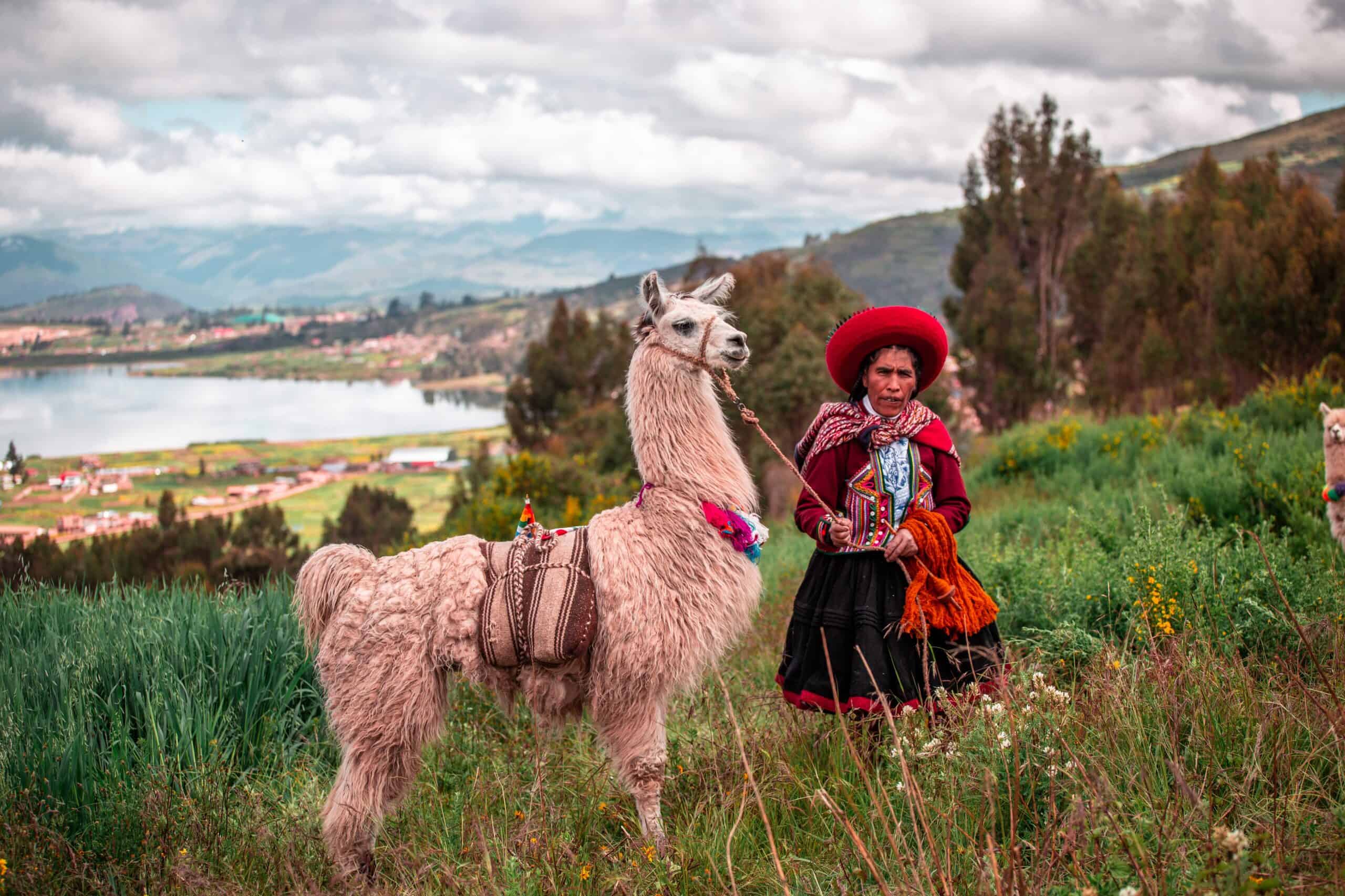
Peru, Llama Trek, Local Woman with Llama
Only 500 permits are available per day. Among those, 300 go to the diligent porters and guides who haul heavy loads packed with water, oxygen tanks and other necessary supplies, helping travelers like me make our way along the winding, rocky path. Because of this, it’s not unusual for the coveted passes to sell out months in advance.
Until recently, only men were hired for the job; women traditionally weren’t considered fit for such brawny, masculine work in Peru’s patriarchal society. Now, that’s gradually changing thanks to initiatives like Abercrombie & Kent’s Inca Trail Women’s Project, which launched in 2021. This program provides professional training and jobs to Quechua women who often face limited economic opportunities in remote Andean villages. Other companies, such as Evolution Treks Peru and Mother Earth Treks, also offer adventures geared specifically toward female tourists.

Marisol Velasco Espinoza, an accomplished Abercrombie & Kent tour guide who led the first group for the Inca Trail Women’s Project, has broken barriers all her life. Guiding since 2011, she has completed the four-day Inca Trail 500 times and can speed through the one-day route in a mere two hours. For Espinoza, who celebrates the progress Peru is making in gender equality, the Inca Trail project feels personal.
“I finished my studies very young and thought that no one would trust me because of my appearance — young, small and female,” she says. “That’s why I tripled my effort; I wanted to prove to myself I could make it. I never liked the idea of someone being faster than me in my mountains. Guiding the women from the Village of the Flowers on their first trip to the Inca Trail and Machu Picchu was very important to me because I identify with them. This program helps reduce the machismo idea that only men have the right to work. It teaches everyone to raise awareness that there should be mutual respect between men and women.”

When I ask the Quechua porters — Cintia Amalia Chaucca Ramos, Elizabeth Ttito, Sonia Quispe Quispe and Emilda Ramos Sallo — what they most want travelers to take away from this experience, the answer is clear: that women are every bit as strong as men. But they also wish to share their community’s customs. “[I hope people will] learn about our traditional clothing, our Quechua language [and] our dances,” says Ramos.
Before the big climb, we do just that while exploring their homeland in the Sacred Valley’s Ccor Ccor District. Once the center of the Inca Empire, this fertile farmland remains a stronghold of Quechua culture.
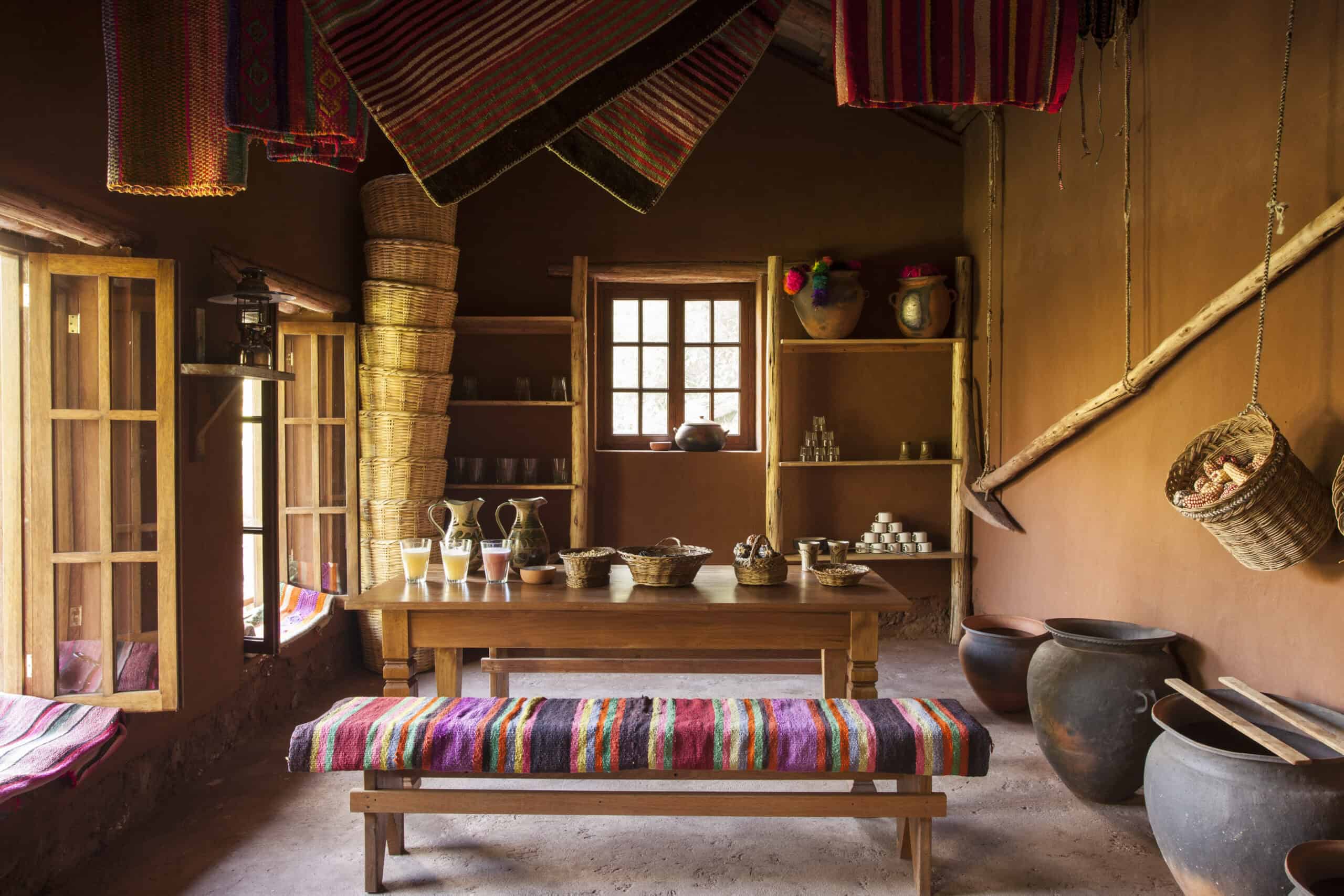
Masterful weavers, the women demonstrate how their ancestors have used textiles like alpaca and vicuña wool (a rare and impossibly soft raw fiber far exceeding the price of cashmere) to create fine yet hardy clothing for centuries. Together, we enjoy a joyous warm-up hike accompanied by local musicians along the terraced hills, stopping for a surprise picnic of fruit and coca tea — an herbal remedy that’s popularly used for altitude sickness. Later, a local shaman reads our fortunes in the drink’s soggy leaves.
The next day, as I stumble up 200 steps at nearly 9,000 feet above sea level to reach Wiñayhuayna, a stunning archaeological site that’s only accessible for those who take the Inca Trail on the way to Machu Picchu, a porter grabs my hand, willing me to the top. We pause to admire the stone architecture, intact and hugging the mountain slopes after hundreds of years. Below, the Urubamba River ripples past, partially obscured by the cloud forest that settles over us at this high altitude. Along the way, the women tell me about medicinal plants and native birds. We peer intently at the sky for a glimpse of the Andean condor, a rare species and the largest bird of prey in the world.
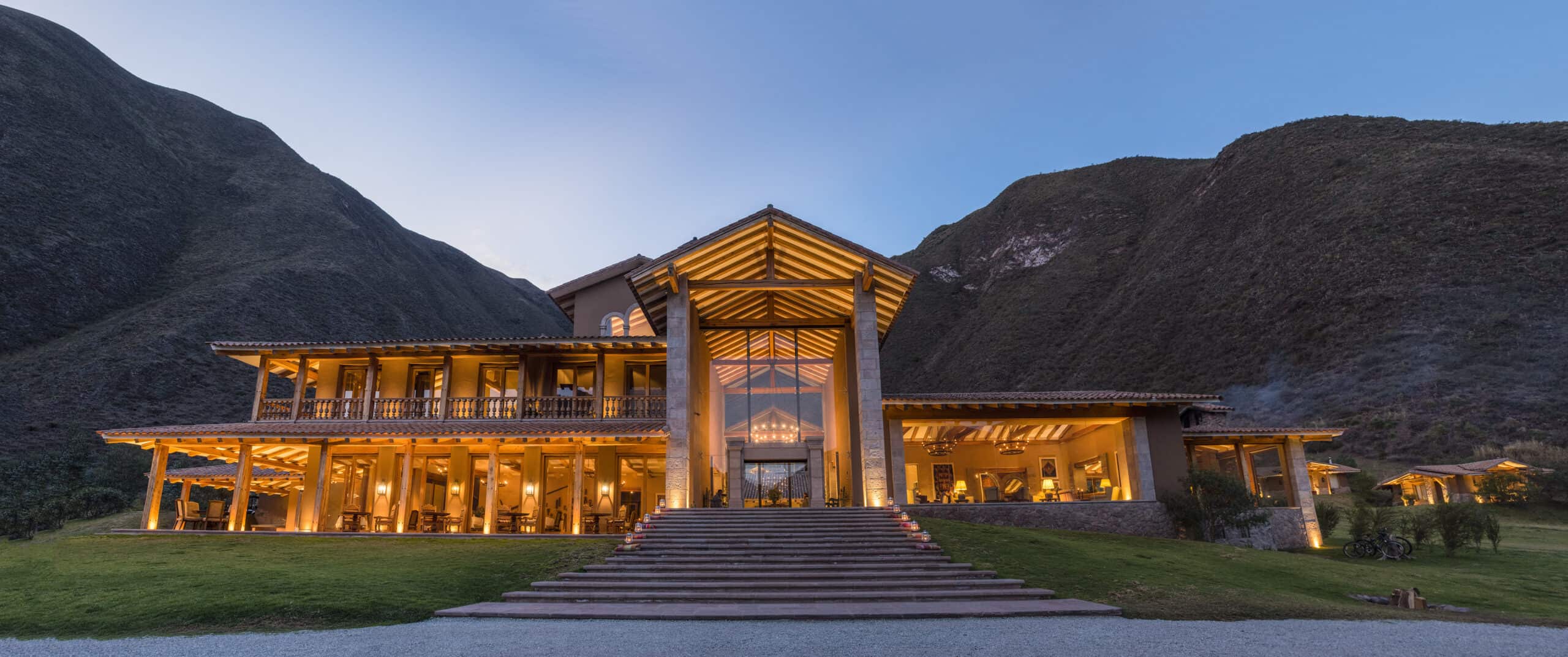
I learn so much from the women leading us, and the long journey to Machu Picchu is definitely worth it. Peering at the citadel through the Sun Gate, or Inti Punku, at sunset is a privilege earned by those who walk in the footsteps of the Incas. Suddenly, I understand why Espinoza has embarked on this journey countless times.
“After so many years, I still enjoy walking,” she says. “I am happy believing that time has not passed. I know that it is not me who will decide to stop trekking the Inca Trail, but life will tell me when it’s time. In the meantime, if I can return, I will continue to take the opportunity and won’t let it go.”

